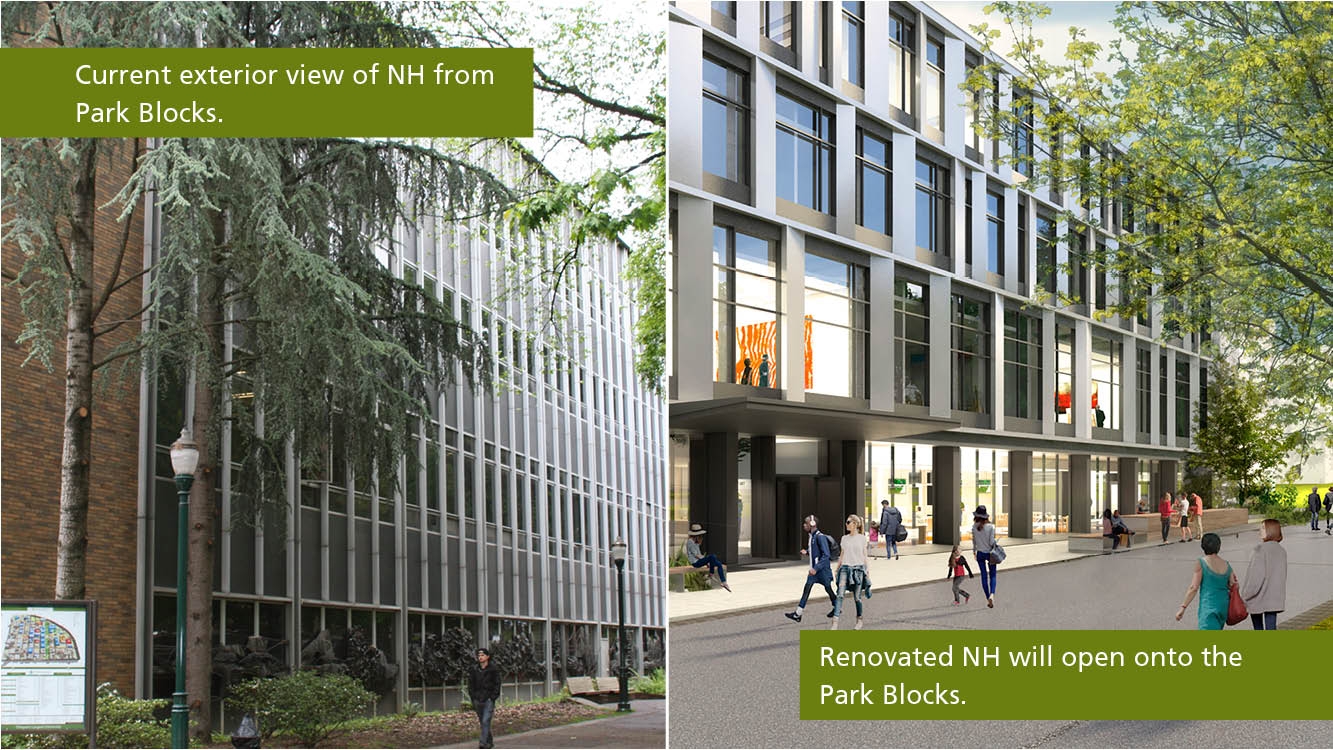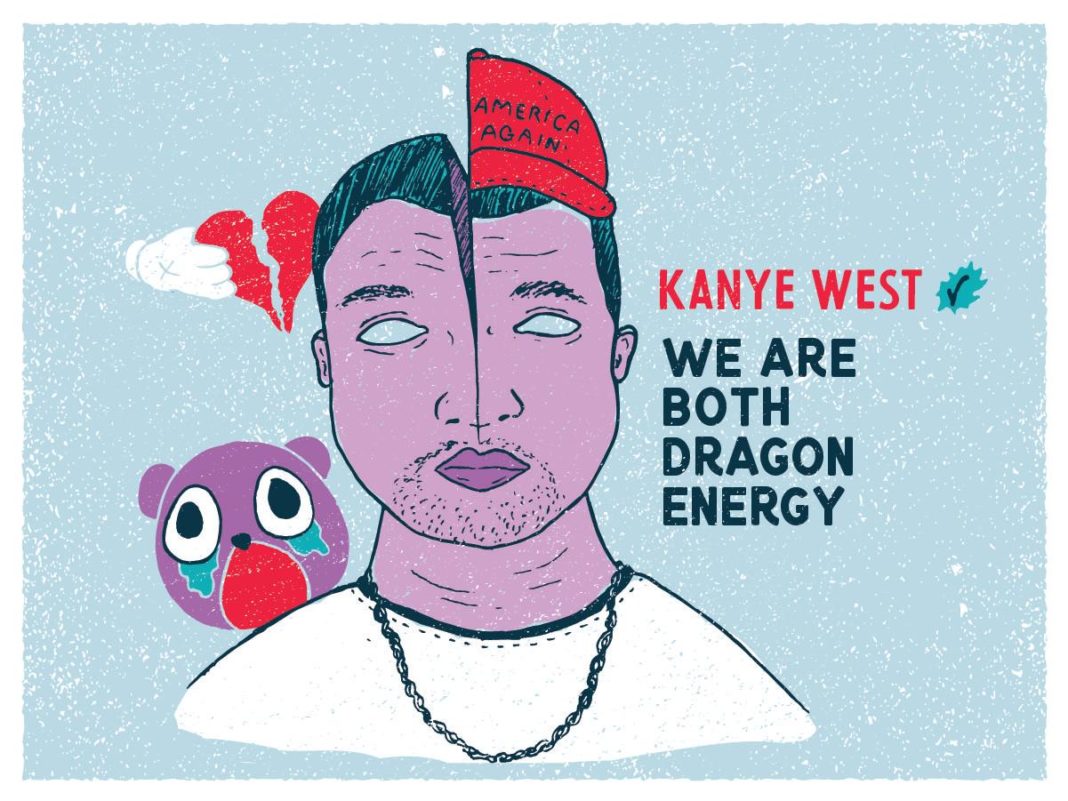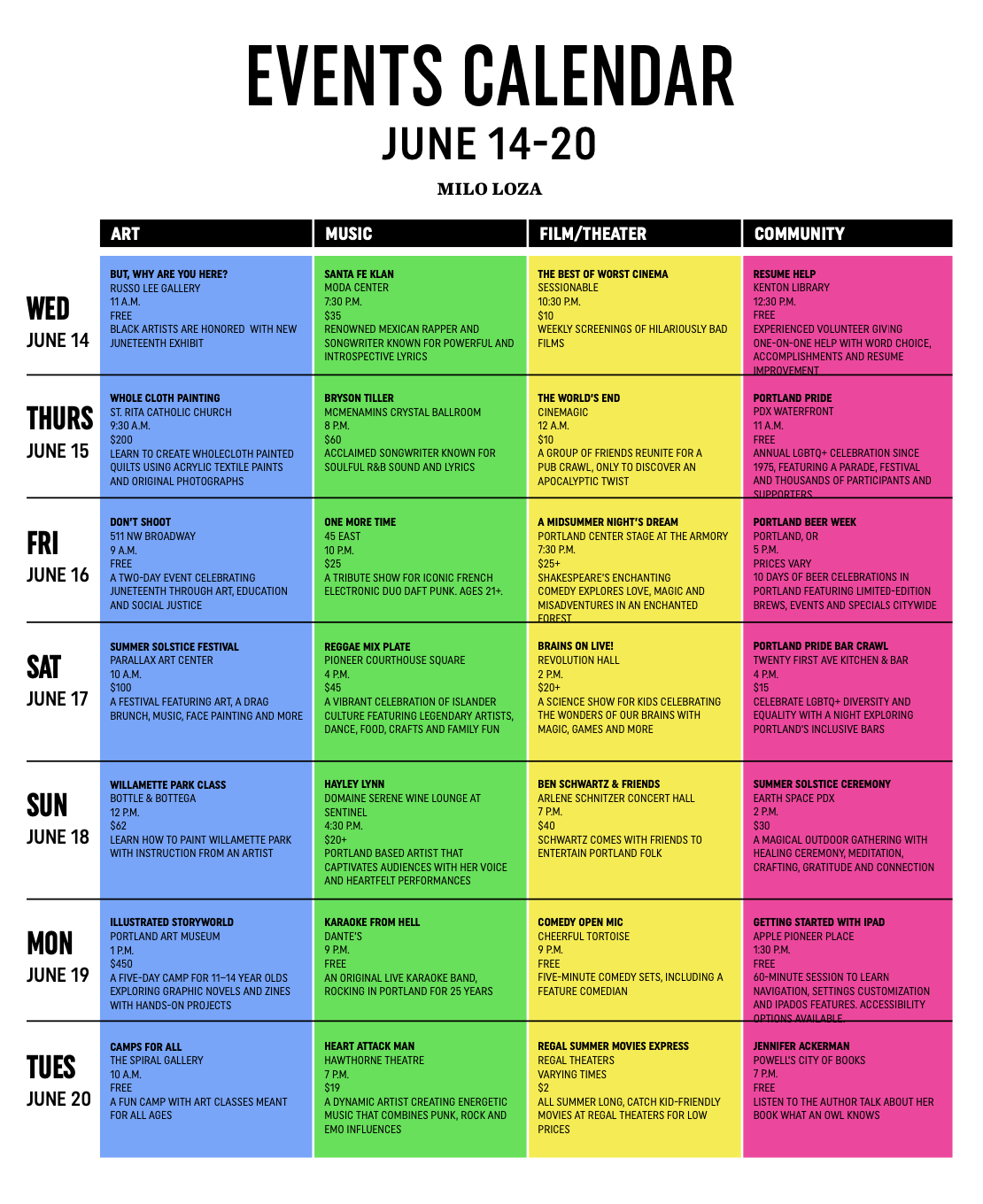By the time construction finishes on Portland State’s Neuberger Hall in 2019, the university will have its first art museum. The 7,500 square foot museum is a condition of real estate magnate Jordan Schnitzer’s $5 million donation to the Neuberger renovation and will feature art from PSU students, Schnitzer’s private print collection and regional and international artists chosen by a curator.
The Jordan Schnitzer Museum of Art will occupy parts of the basement and first floor of Neuberger and feature climate control technology to accommodate for multi-sensory and multimedia collections. This will be the Schnitzer Family Foundation’s third university museum, with two already in place at Washington State University and University of Oregon.
Schnitzer told the PSU Foundation in June he believes every student should make visiting an art museum part of their campus life. “By helping create the Jordan Schnitzer Museum of Art at PSU, my goal of every PSU student—all 27,229 of them—visiting the museum often will become a reality,” Schnitzer said. “Hopefully, they will become wonderful art and cultural leaders in our community and across this state and nation.”
The Oregon Legislature approved $60 million in public bonds to complete the Neuberger renovation, and the total expected cost is $70 million. The remaining $5 million not covered by Schnitzer will come from other philanthropists.
The cost of running the museum might carry a hefty price tag as well, but it’s not yet completely clear how or who will pay those costs.
“A consultant was recently hired by the dean of the College of the Arts to help us determine how the museum will operate,” said Associate Vice President for Planning, Construction and Real Estate Dan Zalkow. “The study they are doing will help the university determine what resources will be needed to operate the museum.”
At a press conference on March 16, PSU President Rahmat Shoureshi said he heard from a COTA representative it could cost $750,000 a year to staff the museum. Shoureshi said he was skeptical the cost had to be that high and the main hiring concern, a curator, could start out as a part-time position.
“[The museum] is not going to be a burden on COTA,” Shoureshi said during the March press conference. He added the university is hunting behind-the-scenes for private donors for the curator position, so funds don’t have to come from within the university.
Otherwise, he added at a press conference on April 27, the university will look at ways to increase COTA’s future budget. “After all, it is the museum within COTA,” Shoureshi said, adding, “It could be that during the first year we have to invest either from the academic affairs side [or from potential donors].”
Shoureshi stressed that the museum will bring more community members to campus, which could mean more investments in the university’s future.
“The more ways we can bring the community into PSU and see what PSU does,” Shoureshi said, “it makes it a lot easier for us to then go and ask for support [for] PSU and PSU students.”






